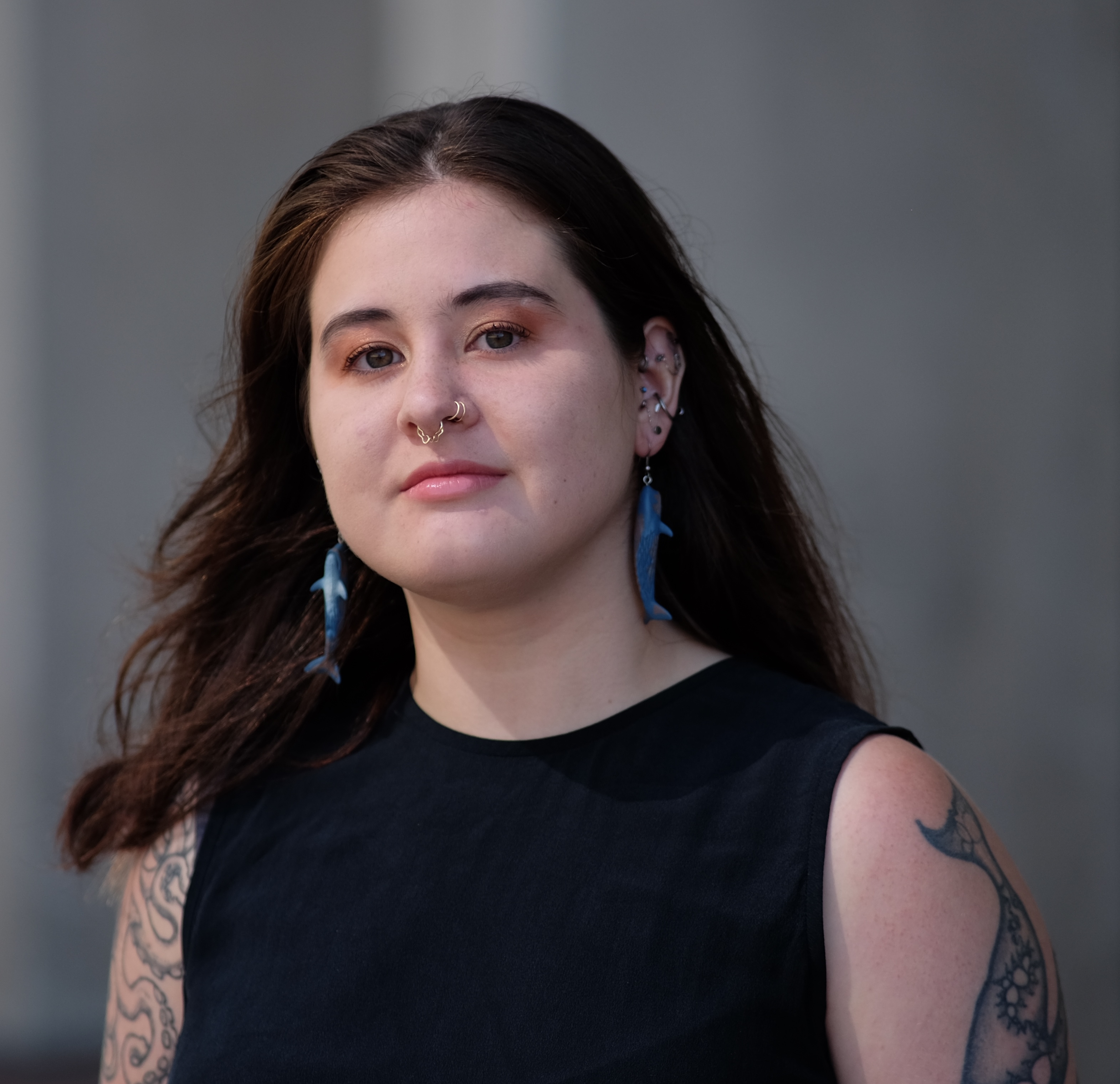Hi! If you’re reading this page, welcome to my job talk’s bibliography! The literature I cite in the talk is presented in the order it shows up in the actual slide deck.
| Citation | Slide Number |
|---|---|
| Smith, Alyssa Hasegawa, Adina Gitomer, and Brooke Foucault Welles. 2023. “You Want a Piece of Me: Britney Spears as a Case Study on the Prominence of Hegemonic Tales and Subversive Stories in Online Media.” First Monday, ahead of print, December 7. https://doi.org/10.5210/fm.v28i12.13314. | 3 |
| Smith, Alyssa, Ilya Amburg, Sagar Kumar, Brooke Foucault Welles, and Nicholas W. Landry. 2025. “A Blue Start: A Large-Scale Pairwise and Higher-Order Social Network Dataset.” arXiv:2505.11608. Preprint, arXiv, May 16. https://doi.org/10.48550/arXiv.2505.11608. | 4; 37 |
| Smith, Alyssa Hasegawa, Erika Melder, Michael Ann DeVito. 2025. “How Distributed, Consensus-Free Folklore Enables Transfeminine Disposability on Bluesky.” Working Paper. | 5 |
| Smith, Alyssa Hasegawa, Sagar Kumar, Yukun Yang, and Pranav Goel. 2025. “Locating the Asymmetry in Information Flow between Local and National Media on Transgender Discourses.” Bulletin of Applied Transgender Studies 4 (1–3): 77–119. | 6 |
| Smith, Alyssa Hasegawa, Ahana Bhattacharya, Holliday Sims, and Kenneth Joseph. 2025. “The Longitudinal Relational Public and its Intersection with Issue Publics.” Working Paper. | 7 |
| Smith, Alyssa Hasegawa, Jon Green, Brooke Foucault Welles, and David Lazer. 2025. “Emergent Structures of Attention on Social Media Are Driven by Amplification and Triad Transitivity.” PNAS Nexus, April 1, pgaf106. https://doi.org/10.1093/pnasnexus/pgaf106. | 8; 22 |
| Dunivin, Zackary Okun, Harry Yaojun Yan, Jelani Ince, and Fabio Rojas. 2022. “Black Lives Matter Protests Shift Public Discourse.” Proceedings of the National Academy of Sciences 119 (10): e2117320119. https://doi.org/10.1073/pnas.2117320119. | 12 |
| Wu, Tim. 2017. The Attention Merchants: The Epic Struggle to Get Inside Our Heads. Atlantic Books. | 12 |
| Zhang, Yini, Josephine Lukito, Min-Hsin Su, et al. 2021. “Assembling the Networks and Audiences of Disinformation: How Successful Russian IRA Twitter Accounts Built Their Followings, 2015–2017.” Journal of Communication 71 (2): 305–31. https://doi.org/10.1093/joc/jqaa042. | 12 |
| Cinelli, Matteo, Gianmarco De Francisci Morales, Alessandro Galeazzi, Walter Quattrociocchi, and Michele Starnini. “The Echo Chamber Effect on Social Media.” Proceedings of the National Academy of Sciences 118, No. 9 (2021): e2023301118. | 13; 34 |
| Green, Jon, Stefan McCabe, Sarah Shugars, Hanyu Chwe, Luke Horgan, Shuyang Cao, and David Lazer. “Curation Bubbles.” American Political Science Review (2025): 1-19. | 13; 34 |
| Qiu, Jingyi, Yan Chen, Alain Cohn, and Alvin E. Roth. 2024. “Social Media and Job Market Success: A Field Experiment on Twitter.” SSRN Scholarly Paper No. 4778120. Rochester, NY, May 20. https://doi.org/10.2139/ssrn.4778120. | 14; 32 |
| Newman, Mark EJ, and Michelle Girvan. “Finding and evaluating community structure in networks.” Physical Review E 69, No. 2 (2004): 026113. | 19 |
| Granovetter, Mark S. “The strength of weak ties.” American Journal of Sociology 78, No. 6 (1973): 1360-1380. | 20 |
| Burt, Ronald S. “Structural holes and good ideas.” American Journal of Sociology 110, No. 2 (2004): 349-399. | 20 |
| Obstfeld, David. “Social networks, the tertius iungens orientation, and involvement in innovation.” Administrative Science Quarterly 50, No. 1 (2005): 100-130. | 21 |
| Butts, Kyle. 2021. Did2s: Two-Stage Difference-in-Differences Following Gardner (2021). Released. https://cran.r-project.org/web/packages/did2s/vignettes/Two-Stage-Difference-in-Differences.html. | A3 |
| Rambachan, Ashesh, and Jonathan Roth. 2023. “A More Credible Approach to Parallel Trends.” Review of Economic Studies 90 (5): 2555–91. https://doi.org/10.1093/restud/rdad018. | A8 |
| Schwarz, Carl James, and A. Neil Arnason. “Jolly-Seber mMdels in MARK.” MARK: a Gentle Introduction (eds. E. Cooch & G. White) Program, 8th edn. Available: http://www.phidot.org/software/mark/docs/book (2009). | A11 |
